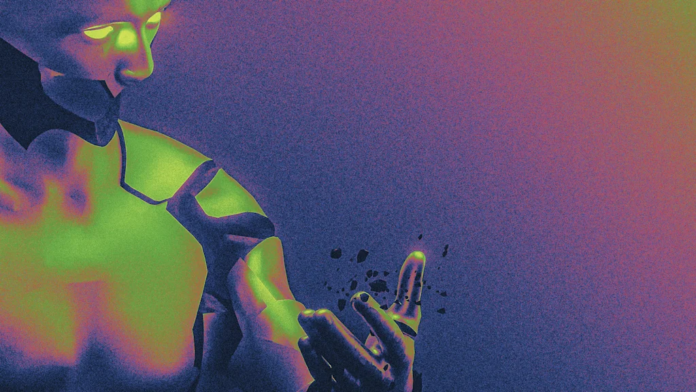Why does this matter to understanding the present and future of robotics? While we’ve created an astonishing diversity of machines in the broadest sense, those first two blueprints for recruited labor—animals and other humans—have so far dominated our conception of robots. Today our most celebrated robots, all of them marvels of design and engineering, are machine evolutions of animals and other humans. You can see the echoes of those same dogs and draft animals we recruited as labor thousands of years ago in this dog and this dog, another dog, and this mule. And you can see our adoration of humanoid robots in Agility Robotics’ Digit, Boston Dynamics’ Atlas, Tesla’s Optimus, and Unitree’s G1.
There are straightforward reasons for this. First, as a species we’ve done a lot of work designing the world for us and our animal helpers, so it makes sense to design robots resembling ourselves and those animals for work in those spaces. As an example, this humanoid robot from Under Control Robotics is designed to work alongside humans in human workplaces such as warehouses and construction sites, a machine enhancement of human-like capabilities. Second, we have an innate tendency in our psychology toward anthropomorphism. Our brains are hardwired through evolutionary adaptation to discern complex social signals. A major reverberation of this adaptation is that we tend to anthropomorphize the stuff around us, affixing human characteristics to non-human things. It’s why we have trains with faces in Thomas & Friends and why Star Wars’ C-3PO—a machine—is anxious and chatty. It’s also why many people name their cars and Roomba vacuum cleaners.
The pivot




